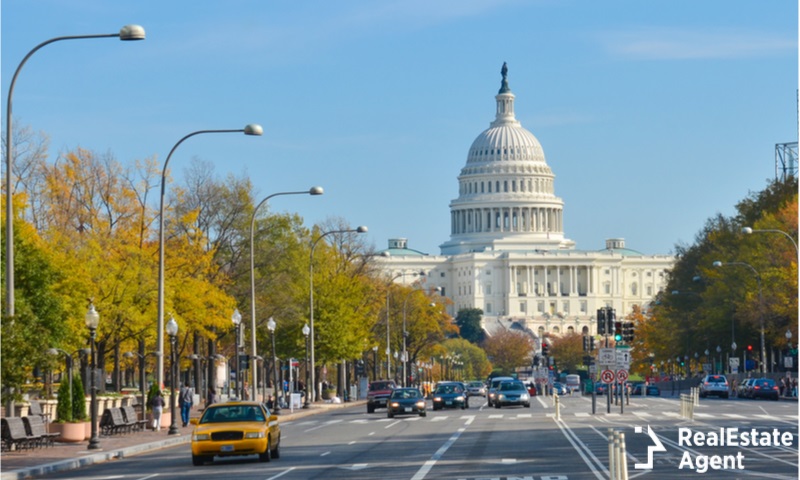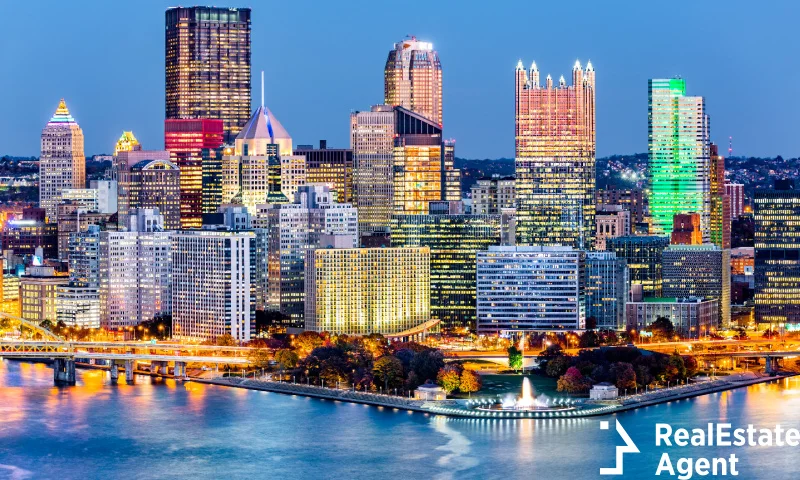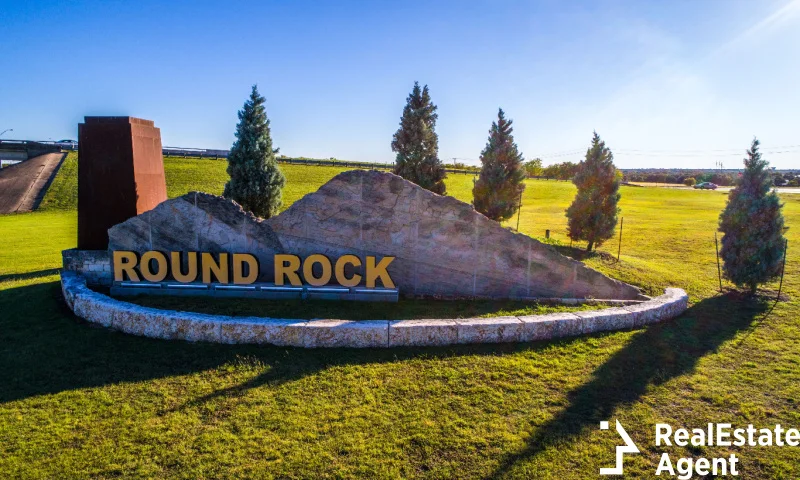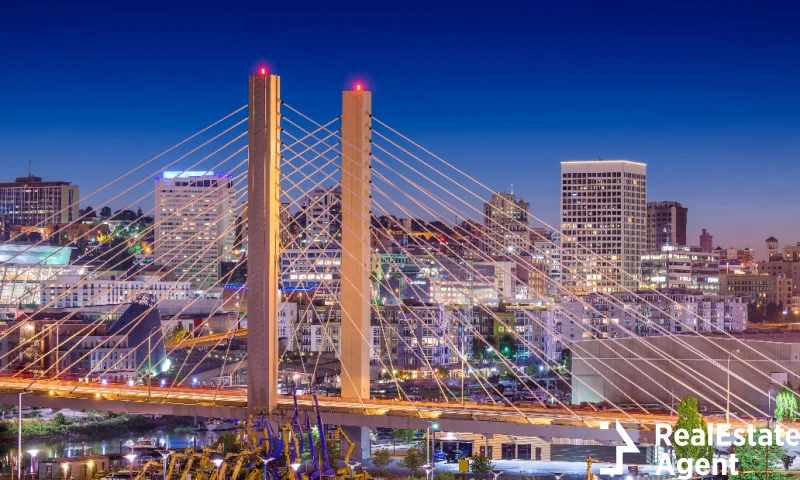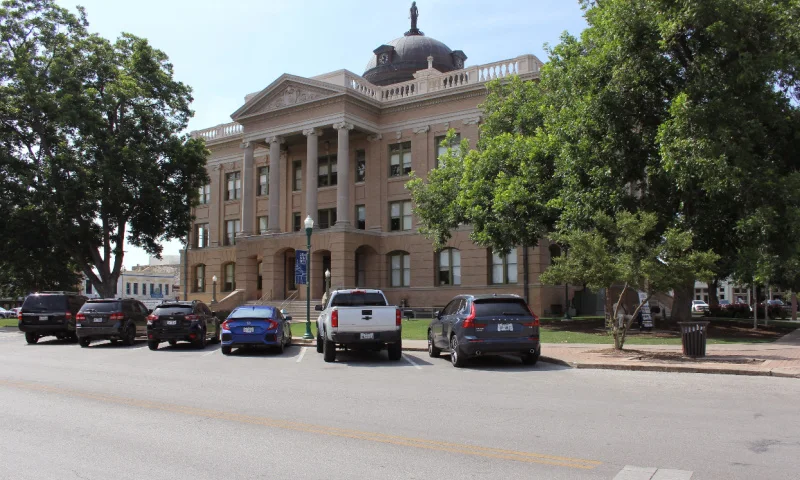At the intersection of the Potomac and Anacostia Rivers lays the nation’s capital city of Washington D.C. or, as Washingtonians refer to it, the District. Another way in which Washingtonians refer to their city is simply “D.C”. At first glance you might not think it, but there is a difference between the two. The District is used for the actual Washington D.C. proper the area that is limited by Maryland in the north and south-east, the Potomac River in the south, and the southwest. The Washingtonians refer to it as D.C. when they are talking about the area within a highway called the Belt, which is formally known as the Capital Beltway Outer Loop.
What does D.C. stand for?
The name came from the feminine form of Columbus, the location selected by George Washington, who named it the Territory of Columbia. This was a commonly used name for the United States back in 1791. In 1871, the name was changed to the District of Columbia, and that is what the initials stand for.
With a population of over 700,000 residents, the city of Washington D.C. covers an area of 68.35 square miles and has a population density of over 11,400 people per square mile. It is the location that houses the Executive, Legislative and Judicial branches of Government. You can take a tour on foot around Capitol Hill for approximately 2 hours and walk around monuments of former presidents, battles and see both the Capital and the White House. With more time, you can see the Smithsonian expositions and many other attractions in D.C. free of charge, and grab a meal with some coffee in the multitude of options available in the area. This makes it a great option for a field trip with the kids, as most of the museums and monuments offer free admission, with guided tours available for a negligible fee.
Attractions in the city of Washington D.C.
The city of Washington D.C. has a lot to offer. With monuments, memorials, museums and parks, the Washington D.C. attractions will keep tourists busy for several days. Being the capital of the U.S. D.C. is an international tourist attraction gathering a total of 23.8 million visitors in 2018 who spent $7.8 billion.
Monuments & Memorials

A casual walk about the National Mall will take you through the history of our nation. On July the 4th makes the National Mall the most exciting area in Washington D.C. so make sure you don’t miss the festivities.
Here you can see the Washington Monument. With its 898 steps (or elevator ride) that can take you to the top, the Washington Memorial is 555 feet, 5 ⅛ inches. The view from up there will give one of the best panoramic views of D.C.
Walking in every direction through the National Mall, or America’s Front Yard you can go to museums but let’s stay on monuments for now. The Lincoln Memorial can be seen to the west and it’s open 24/7 with no tickets necessary.Other monuments scattered around the National Mall include the Vietnam Veterans Memorial, Korean War Veterans Memorial, National World War II Memorial, Jefferson Memorial and Martin Luther King Jr. Memorial. All offer free admission, leaving you with only one additional concern: where you’re going to eat! Fortunately, the area is home to a wide variety of food trucks and bistros that offer a wealth of tasty options for a quick lunch or sit-down dinner.
Neighborhoods & Historical Buildings

Washington D.C is a planned city with iconic buildings and monuments that are arranged around the National Mall. The White House was designed by James Hoben in a neoclassical style and it limits the Northside of the National Mall. To the East, the United States Capitol and the Library of Congress are both historical buildings that can be visited for free.
The National Mall cross is completed by the Thomas Jefferson Memorial to the South and Lincoln Memorial to the West. Another historically important area is the neighborhood of Georgetown. It is the oldest neighborhood in the capital. It’s like a walk back in history.
Having been originally founded as a port town, older than Washington itself by 40 years. A beautiful residential neighborhood with federalist and Georgian architecture. The Tudor Place houses a museum of the first president’s history. A taste of history, shopping and sightseeing, Georgetown is a must for any visitor or local to experience.
Parks & Green areas

For those who want to see the beauty of the outdoors, the city of Washington D.C. has many options in and around the city center that can be visited for free. The United States Botanic Garden has been open since 1850, while it’s in the current location since 1933. The Conservatory has exhibits and gardens that are open all year round giving you the opportunity to marvel at around 5,000 kinds of orchids that are displayed. Walk through the World Deserts room to see cacti and unusual flowers.
For Bonsai lovers the United States National Arboretum has a museum dedicated to them. The Penjing and Bonsai arts of growing trees both have a soothing effect on those admiring the craft. The Gotelli Conifer Collection consists of conifers from different parts of the globe combined with ornamental grass and daffodils. Hikes in the moonlight among lighted elements can be booked for friends and family.
Also known as the National Zoo, Smithsonian’s Zoo is another free attraction to visit hosting over 1,500 animals. With around 25% of the furry creatures being endangered, the Zoo provides visitors the chance to see them in a safe environment. You can take guided tours and interact with the American farm animals, getting close to them at the Kid’s Farm. Several overnight campouts are also organized for kids that are older than 6 as well as the options for adults that happen after hours.
Located 35-40 minutes away from downtown D.C. the Six Flags America amusement park offers more than 100 rides, shows and attractions. It includes adult rides with plenty of options appropriate for children with seasonal treats, burgers, Asian food and pizza. The Loony Tune Town is a treat for the whole family so take season and dining passes and enjoy the rides.
Museums

Also known as the Smithsonian, collectively, the Smithsonian institution is known for its museums and research complex that encompasses in total 17 museums and galleries. There is no fee required for any of the locations scattered around the National Hall.
Some options of museums in the Smithsonian are:
- The National Portrait Gallery;
- Smithsonian American Art Museum;
- African Art Museum;
- American Indian Museum;
- Anacostia Community Museum;
- National Museum of African American History.
Make sure you experience the highlighted works of art of the National Gallery of Art showcasing more than 500 pieces from Renaissance masters to the artists of today. More than 900 sculptures are exhibited in the Sculpture Galleries and a 6.1-acre Sculpture Garden features trees, walking and seating areas among 17 sculptures. During winter, here you can also find an ice rink.
America’s founding documents, the Declaration of Independence, the Constitution and the Bill of Rights can be viewed in the National Archives Museum. Admission is always free and it is open every day with the exception of Thanksgiving and Christmas Day.
Washington DC’s Real Estate Market

With a drop in listings back in December 2019, and with the new year we are getting increasing numbers for new listings. It was a buyer’s market at the start of 2019, but demand for housing increased towards the end of the year as fewer and fewer offerings became available on the housing market. As 2020 started the market which is no longer packed with options for the buyers turned into a seller’s market. For the sellers, it’s a good market as buyers pay 98% or more of the asking price, but there is a deficit of houses. It’s imperative that new construction grows to accommodate the housing demands. The younger generations known as the millennials and gen Z’ers, are advancing towards buying ages. This will make the renting market change for the next generations. But as those millennials are deciding to settle, they will need houses to settle in.
Real Estate Trends in 2020
Prices are expected to grow by 4.3% in 2020 but around D.C. prices are dropping. Comparing the two, you have an average price of $637,000 while in the Washington-Arlington-Alexandria Metro area houses are at $343,000. The prices in the Metro area are expected to grow as well, but by only 3.7%.
Currently, only 41.8% of residents own their house and this will probably stay similar if not the same in this current year. There has been a decrease in ownership from 2018 by 0.5%. This is what happens when there is a constant influx of newer generations that want to rent close to their jobs and can’t commit to a mortgage for a house.
Up and Coming Neighborhoods
The city of Washington D.C. is changing every day and it’s not a surprise anymore to see those huge cranes in every up and coming neighborhood. Those cranes may be a burden to see all over the place but where there are cranes, it means that there is a plan for the future and Washington’s housing prices are shifting. Many neighborhoods received facelifts over the last few years, but some neighborhoods lack the telltale signs of ongoing development making them especially viable as investment opportunities. Take a look and if you see something that sparks your interest, get in touch with our top real estate agents in Washington D.C. for a smooth transition.
Petworth
At the heart of everything with the title of Historical Cultural Center back in 2018, Petworth is filled with 20th century terraced singles family homes as well as affordable condos. Connected by the green and yellow metro lines you get quick access to every part of the District. Once the sleepy corner of D.C. Petworth is all you hear about now in the real estate business. If you’re looking for a property that is close to everything and also has some outdoor space, or maybe you want a fancy condo, whichever might catch your eye don’t overlook the neighborhood of Petworth.
Kalorama
Luxury as a state of mind. It is what awaits you in Kalorama, one of the most ambitious developments offered by the District. While it is rumored to attract the clientele that can afford the housing prices here, the Obamas made it their home recently. Other presidents have lived there but there’s more to Kalorama. A sanctuary in the middle of the city close enough to all the excitement that the District can offer.
Park View
Renovation and gentrification made Park View shine again. Accessibility by the yellow and green metro lines makes this up and coming neighborhood a jewel in the District. For young renters there are condo conversions with amazing amenities and the housing market is moving with them. Single family homes have been renovated, their spark has been brought back with their classic qualities for those who want to settle down with their families.
Washington D.C., meaning the District, can be affordable if you know where to look and the neighborhoods that were unthought-of a few years ago are gathering attention in the current housing market. Now they have been transformed and the influx of residents is growing their population.
Conclusion
While it is the capital of the U.S., the city of Washington D.C is not only about the White House and Capitol. Washington has a lot of pros that inspire people to visit, move or start their lives here. Washington’s booming economy and high average income make it attractive to the millennial demographic who always seem to find affordable rent in Washington D.C. Don’t let the momentous role the District of Columbia plays in the wheels of our country startle you. The economy is healthy, the people are kind, and there is no stopping its future development.
We want to make sure we left nothing out so comment if we missed anything. Like & share with your friends and family so the next trip they take to Washington D.C. is as good as it can be. Those moving here can also find interesting things about the U.S. capital so if you know anyone who plans to make that change, help them with some of our tips.

